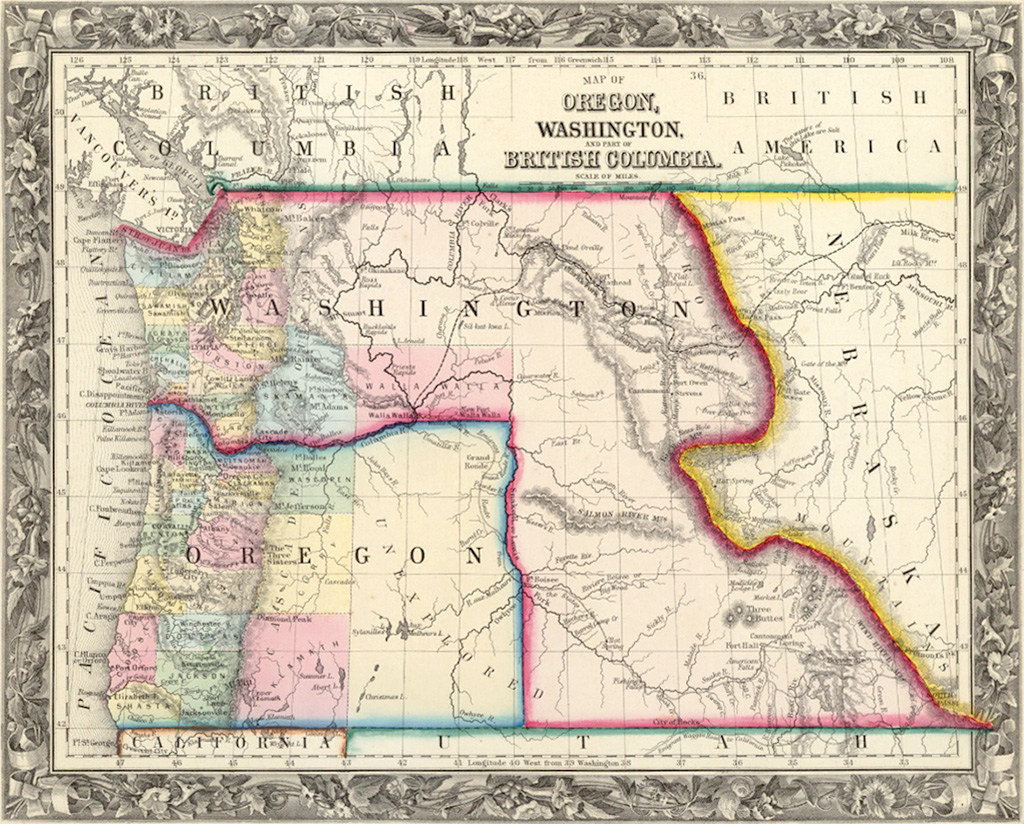This entry is for juvenile audiences. To see the full version of this entry, click here.
Charles Mitchell was born into slavery in 1847 on the Marengo Plantation in Maryland. He was born to a free white man, also named Charles Mitchell, and a slave woman whose name is unknown. In 1855, he was brought to the Washington Territory with the Tilton family. On September 25, 1860, at 13 years old, he attempted to escape to freedom by boarding a steam ship named the Eliza Anderson.
Why are they important to know about:
Slavery is mostly known for its practice throughout the South. There are few examples of slavery occurring in Washington Territory except for the story of Charles Mitchell. His attempt to escape almost caused a war between Canada and the United States due to differences over the legality of slavery.
Details of the event:
The Gibson family of the Marengo Plantation gifted Charles to the Tilton family. Dr. James Tilton had just been appointed as the surveyor general of Washington Territory and he moved there with his family, and Charles in 1855. In 1860, while Charles was running errands for the Tilton family, he encountered a group of free men from Victoria, British Columbia, a Canadian Province. They approached him to convince him that he could be free if he escaped to Canada. They planned to have him board the Eliza Anderson, a steam ship headed to Victoria. On September 24, 1860, Charles stowed away on the ship, only to be discovered midway through the journey. Once the ship docked in Victoria, word spread that Captain John Flemming, planned to return Charles to Olympia. The Black and white Canadians who came to welcome Charles were not happy and threatened to board the ship and set him free. Three members of the welcoming party, including Henry Crease a Victoria barrister, went to court to get a writ of Habeas Corpus (a legal document that demands a prisoner be presented before the court). To prevent the situation from escalating Captain Flemming complied. In court, Chief Justice David Cameron of the court of British Columbia, presided over the case. After hearing both sides he concluded that “no man could be held as a slave on British soil,” and Charles was set free.
Lasting impact:
Charles’ story is another example of the moral implications of slavery. The fact that deciding whether he should be returned or not almost caused a war between two nations is evidence of the extreme differences of opinion and of the importance of the issue for people on both sides of the U.S.-Canadian border.
What we learned from this event:
Though slavery was not widely practiced in the North, no part of this country was exempt from it. However, wherever slavery was present there were those who fought against it.


